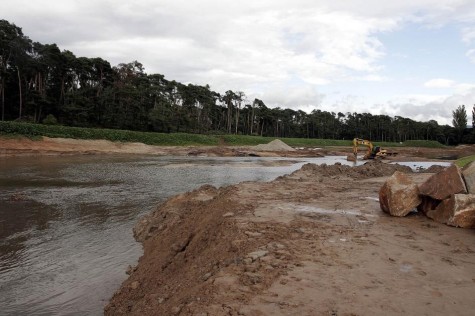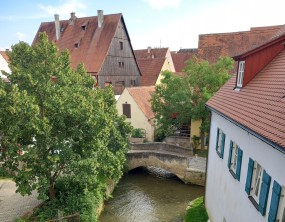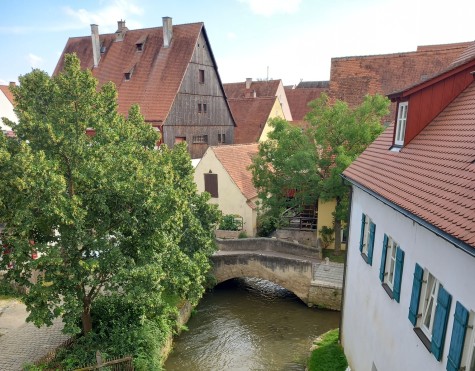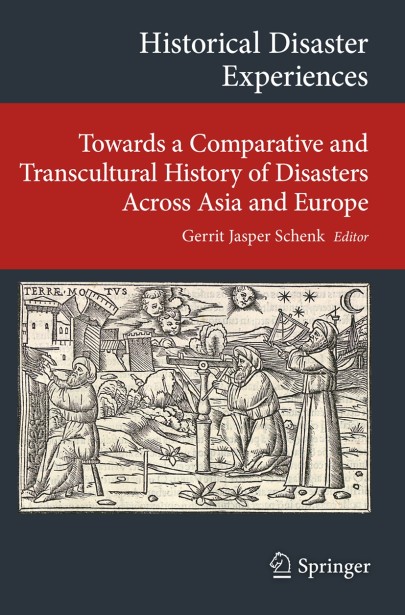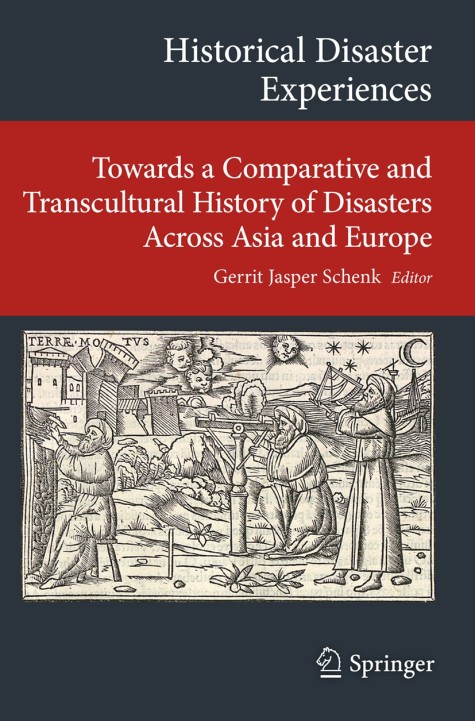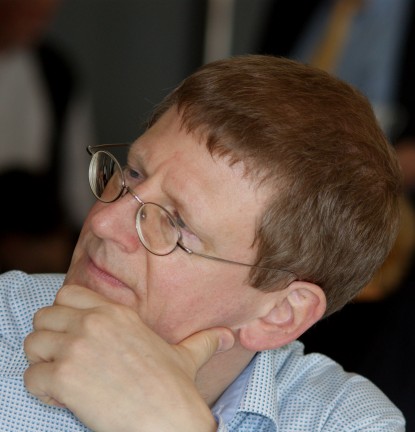News
-
![]() Bild: Thomas Kelley/Unsplash
Bild: Thomas Kelley/Unsplash![]() Bild: Thomas Kelley/Unsplash
Bild: Thomas Kelley/UnsplashLatein-Lektürekurs für TU-Studierende
2025/12/12
Angebot der Goethe-Universität Frankfurt
Studierende des Instituts für Geschichte haben die Möglichkeit, an einem lateinischen Lektürekurs an der Universität Frankfurt teilzunehmen.
-
![]() Picture: R. Recalde/Unsplash
Picture: R. Recalde/Unsplash![]() Picture: R. Recalde/Unsplash
Picture: R. Recalde/UnsplashFood Studies – Quo vadis: Two Day Conference
2025/10/15
Hosts: Julia Seeberger (University of Erfurt) and Stephan F. Ebert (TU Darmstadt)
From November 13th to 14th, researchers in the field of food studies will be gathering in Erfurt to chat about the growth prospects for this discipline. Registration open until November 3rd!
-
![]() Picture: Hoffmann, Karasek, Loroch, Schneider, Seibel, 2019
Picture: Hoffmann, Karasek, Loroch, Schneider, Seibel, 2019![]() Picture: Hoffmann, Karasek, Loroch, Schneider, Seibel, 2019
Picture: Hoffmann, Karasek, Loroch, Schneider, Seibel, 2019Hearing, seeing and tasting research
2025/07/14
Book launch and panel discussion
On Friday, 4 July 2025, Prof. Dr Gerrit Jasper Schenk and Dr Stephan F. Ebert from TU Darmstadt, Institute of History, Section Medieval History presented their new anthology “Vom Buch aufs Feld – Vom Feld ins Buch. Verflechtungen von Theorie und Praxis in Ernährung und Landwirtschaft (ca. 1300-1600)” to the public at the UNESCO World Heritage Site Lorsch Monastery as part of a panel discussion. The evening was chaired by biologist Bettina Walter from the Heimat- und Kulturverein e. V. Lorsch and the AG Kräutergarten.
-
![]() Picture: Wikimedia Commons/Kübelbeck
Picture: Wikimedia Commons/Kübelbeck![]() Picture: Wikimedia Commons/Kübelbeck
Picture: Wikimedia Commons/KübelbeckNew Publicaton from the Middle Ages
2025/06/20
Open access: Fluvial Landscapes in Transition. A Concise Multidisciplinary Guide to the Study of Sources on the Fluvial Anthroposphere
Edited by Gerrit Jasper Schenk and Nicolai Hillmus (section Middle Ages, Institute of History, TU Darmstadt), this brief source guide intends a critical introduction to different ways of researching the fluvial anthroposphere, i.e. the floodplain landscape under the increasing influence of humans over the course of time. In addition to the use of typical historiographical sources such as urbaria and chronicles, the individual articles also analyze material sources such as the remains of river bank reinforcements, flood marks, sediment profiles, terrain models as well as plant and animal fossils.
-
![]() Picture: A. Schilz
Picture: A. Schilz![]() Picture: A. Schilz
Picture: A. SchilzCongrats to Kristin Zech on her “summa cum laude” dissertation
2025/05/19
-
![]() Picture: Gerrit J. Schenk
Picture: Gerrit J. Schenk![]() Picture: Gerrit J. Schenk
Picture: Gerrit J. SchenkNew release: Fluvio-social metabolism as a bridging concept
2025/05/19
Now available as a citable preprint on a repository of the Deutsche Archäologische Institut
The publication „Fluvio-sozialer Metabolismus als Brückenkonzept mittlerer Reichweite. Ein Vorschlag zur Untersuchung der Fluvialen Anthroposphäre" by Iris Nießen, Gerrit J. Schenk, Marcel Schön treats a bridging concept that was developed as a proposal for interdisciplinary studies of human impact on floodplain landscapes.
-
![]() Picture: Michi/Pixabay
Picture: Michi/Pixabay![]() Picture: Michi/Pixabay
Picture: Michi/PixabayNew publication: Publication on medieval cuisine
2025/03/12
Paolo Santonino as an Informant of Culinary Knowledge and Practice in the Alps-Adriatic Region in the 1480s
New Open Access publication by our colleague Stephan Ebert from the Middle Ages Section. Dr Ebert's article examines the travel diary of the Italian lawyer Paolo Santonino (ca. 1440-1507) focusing on the history of food and consumption at the end of the Middle Ages and shows, among other things, how new culinary trends from Italy are tangible in the south-east of the German-speaking world. There, for example, early forms of spaghetti were already being served in the 1480s.
-
![]() Bild: Wikimedia Commons/Friedi13
Bild: Wikimedia Commons/Friedi13![]() Bild: Wikimedia Commons/Friedi13
Bild: Wikimedia Commons/Friedi13Stadt und Fluss: Neue Forschungen zur urbanen Flussaue Nördlingens
2025/02/07
Vorstellung der Forschungsergebnisse im Rahmen eines Projekttreffens
Vom 22. bis 24. Januar trafen sich die Mitglieder des Schwerpunktprogramms 2361 in Nördlingen, um erste Ergebnisse der Forschungen in den einzelnen Projekten vorzustellen und zu diskutieren.
More information…
"On the way to the Fluvial Anthroposphere“: Success with DFG-Priority Programme
New Research Project on the Historical Development of Floodplains
DFG approves funding worth millions .








